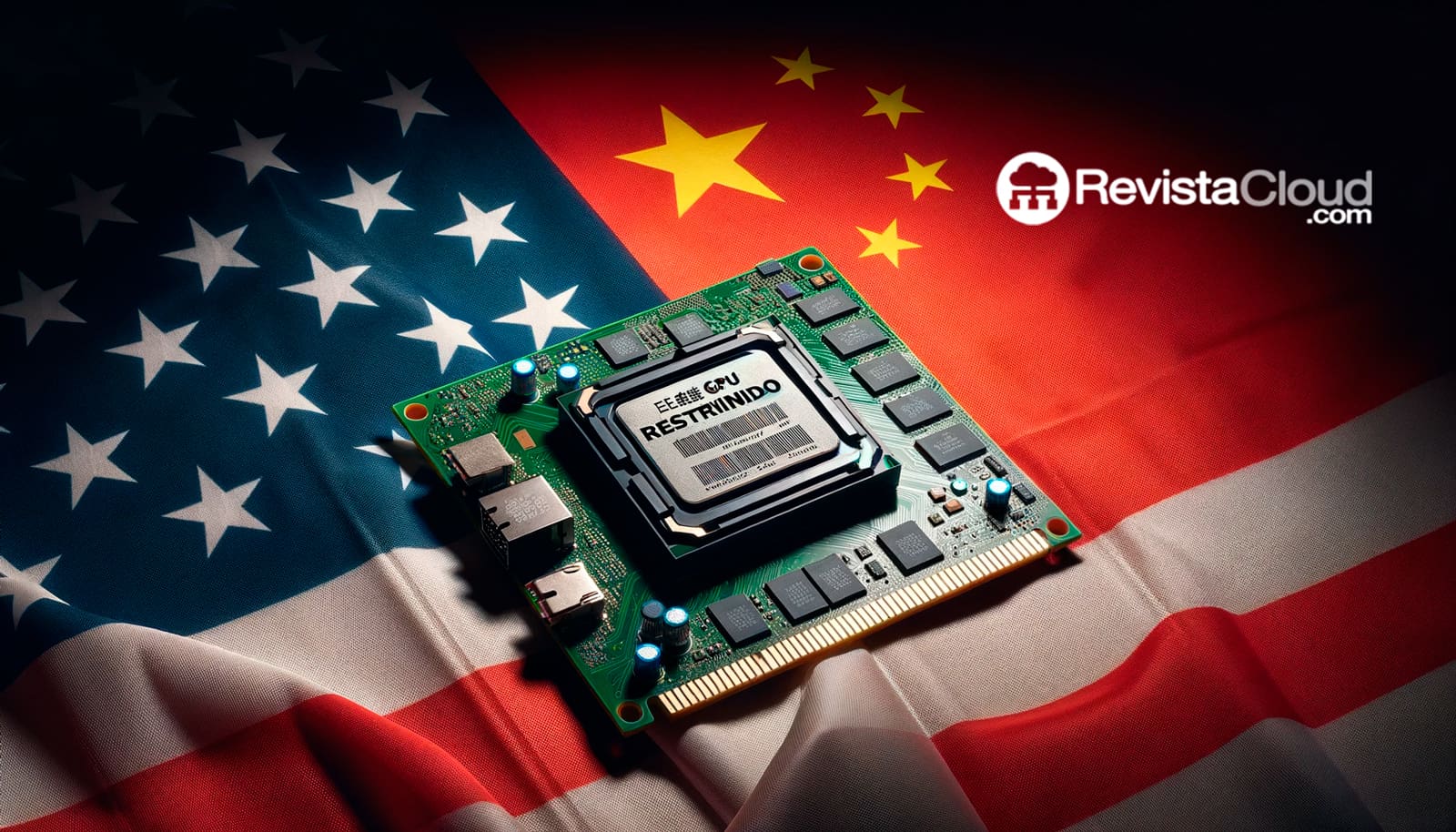China has officially launched the third phase of its Integrated Circuit Industry Investment Fund, known as Big Fund III, with a budget of $47 billion. This ambitious plan aims to bolster the self-sufficiency of its semiconductor industry and counteract the restrictions imposed by the United States, which have limited China’s access to advanced manufacturing tools and high-end chips.
The Context of Restrictions and China’s Response
Since 2019, U.S. sanctions have made it difficult for China to acquire critical machinery from companies like ASML (a leader in EUV lithography technology) and Applied Materials. These restrictions aim to curb China’s technological advancement in areas such as artificial intelligence (AI) and semiconductors. In response, China has intensified efforts to build a strong local supply chain and develop internal capabilities for chip manufacturing.
Despite these limitations, companies like Huawei have demonstrated significant advancements. For instance, they have managed to produce 7 nm chips used in their latest smartphones, although they still do not match the performance of global competitors like Qualcomm and MediaTek.
Structure of Big Fund III
Big Fund III officially began on December 31, 2024, and is managed by Huaxin Investment Management, the same entity that oversaw the previous two phases of the fund. In this third phase, an initial amount of $12.685 billion will be allocated to Chinese companies specializing in chemicals such as resins, silicon wafers, and semiconductor manufacturing tools. The remaining capital will subsequently be invested in emerging and established businesses.
The fund aims not only to increase production capacity but also to foster innovation in machinery and advanced technology for semiconductors. Beneficiaries could include established companies like AMEC and Naura, as well as new startups.
Comparisons with Global Leaders
Although the initial investment is substantial, it is not enough to surpass companies like ASML, which had an annual research and development (R&D) budget of $4.308 billion in 2023, or Applied Materials, with $3.233 billion in 2024. However, China seeks to narrow this gap by encouraging collaboration between local developers and manufacturers.
In previous phases, Big Fund I (2014-2018) raised $100 billion, while Big Fund II (2019-2023) secured $41 billion. These efforts have led to advancements in critical areas, although sanctions continue to pose a significant barrier.
Impact and Future Prospects
China produces approximately one-third of the world’s semiconductors, solidifying its position as a manufacturing leader. Nevertheless, it still relies on foreign technology for advanced machinery. With Big Fund III, the country aims to reduce this dependence and move towards technological self-sufficiency.
Strategic investments not only strengthen China’s position in the global market but also aim to mitigate the effects of U.S. sanctions. Companies like SMIC and YMTC, impacted by these restrictions, could significantly benefit from this fund.
The Challenge of Matching the West
While China has shown resilience and innovation in the face of restrictions, matching the technological level of the United States and its allies will require time and coordinated effort. However, Big Fund III is a crucial step in that direction.
Conclusion
With unprecedented investment, Big Fund III marks a milestone in China’s strategy to consolidate its semiconductor industry. Although it faces significant challenges, the country is determined to play a central role in the future of global technology, strengthening its infrastructure and fostering local innovation.
via: Tom’s Hardware

